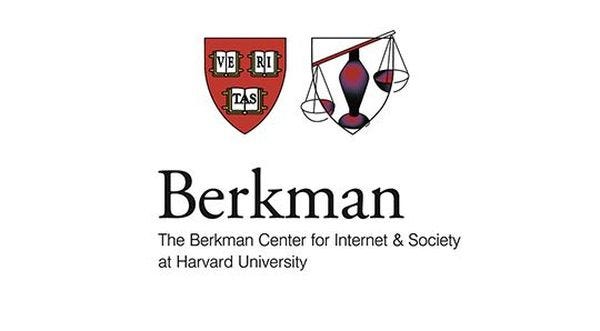Effectively 'Correcting the Record'
No one wants to have to do it yet life can present those moments and tasks for us
When inaccuracies or complete falsehoods are presented or worse, thriving — it’s valuable and usually necessary — to address them. How skilled and well done that is will determine the probability of successfully correcting what people believe.
The Berkman Klein Center for Internet & Society has a method for doing just that, correcting the record they say, “whether you’re an individual or a news outlet.”
So what is their guidance?
“Begin and conclude with the correct information,” the BKCIS advises, “sandwiching the wrong information between.”
This technique is often done in workplaces as a compliment sandwich and it’s not usually appreciated. People see right through it. This is different though.

“Make the truth, not the falsehood, the most vivid take-away,” the BKCIS stresses.
Seems logical. Most people however don’t do it. They instead focus heavily on refuting or disassembling the inaccuracy or falsehood. That can work if someone, some group or organization has a high credibility factor and trust. The benefit of the doubt or complete trust may very well be granted to them.
It’s risky to assume this will happen, so that’s why it’s smarter, intelligent even, to focus first, more and last on the facts and truth.
“That’s because repeated information sticks with us, whether the information is accurate or not (please choose to be accurate instead of putting an unethical or immoral spin on the situation),” according to the BKCIS.
“We rely on repetition. The more something is heard, the more it’s believed.”
Even propagandists know and regrettably, predictably exploit this science.
What makes sandwiching helpful?
It’s how our brain naturally works, per Daniel Gilbert, a Harvard psychologist.
“When something is said, people comprehend in two steps: First, we hold the idea in our mind. Then, we decide whether it’s factual,” the BKCIS reported.
“That means when we hear or read something new, we consider the morsel of information, using it as the frame of reference for what comes next. By accepting it, even momentarily, we’ve started to digest it.”
This is beneficial, Gilbert thinks, because “considering whether something is to be believed — is harder to do,” and “Often, we simply skip this step unconsciously.”

It’s important to ethically and morally state the facts and objective truth.
Some people believe that you are better off leaving incorrect information alone, not giving it attention and letting it fade away, the thinking being that you only more unwanted draw attention to falsehoods if you address them. While that may be reality in certain circumstances, it’s not the norm or wise decision making.
“A 2016 study suggests that even people with strongly held beliefs will change their minds when presented with facts that contradict those beliefs,” per the BKCIS.
In short, communicate and repeat the facts and truth, first and last.
In the middle, to further aid in correcting the record, briefly, respectfully and accurately rebut the information that is not factual or representative of the truth.
Source: The News Literacy Project, When correcting the record, make a ‘truth sandwich’
Communication Intelligence Extra is a section for paid subscribers.





